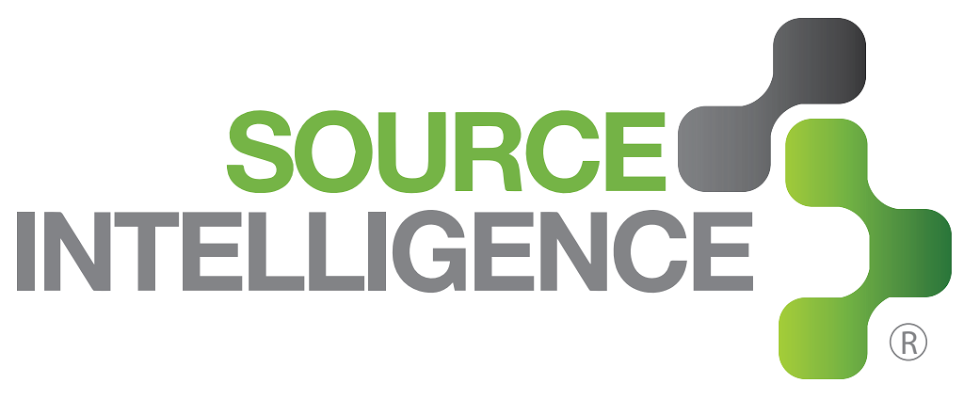GAO Says That Companies Struggle to Determine If Conflict Minerals Help Fund Armed Groups in the DRC

On August 25th, the U.S. Government Accountability Office (GAO) released a 56-page report on findings regarding the 2015 reporting year SEC Conflict Minerals Rule filings. This year, over 1200 publicly-traded companies were required by Dodd Frank Act Section 1502 (Conflict Minerals Rule) to file annual specialized disclosure forms and conflict minerals reports. The title of the report released by the GAO is “SEC Conflict Minerals Rule: Companies Face Continuing Challenges in Determining Whether Their Conflict Minerals Benefit Armed Groups.”
Performing an analysis on a random sampling of the SEC Filings, the GAO found that between 2014 and 2015 there was a 19 percent increase of companies that believed they knew the source of conflict minerals in their products. 79 percent of the companies in the sample performed due diligence, and of that proportion, 67 percent of the companies were not able to determine the true source of conflict minerals in their supply chains. Furthermore, an astounding 97 percent of companies in the random sample concluded that they could not determine whether or not the sourcing of conflict minerals provided financing or benefits (direct or indirect) to the armed groups of the Democratic Republic of the Congo, or any of the other high-risk adjoining countries.
The main finding concedes that companies are continuing to struggle in determining whether or not conflict minerals used in their supply chains are benefiting armed militia groups. According to the GAO, companies face a challenge with tracing the source of conflict minerals in part because facilities rely on document evidence that is subject to the risk of fraud. In addition, multiple sources of ore are commingled for multiple levels of processing; this process introduces increasing levels of fraud risk and rising disclosure costs.
Companies that make a determination that their products are DRC conflict-free are required to have an Independent Private Sector Audit (IPSA) performed. According to the GAO, the Department of Commerce was required in 2013 to submit a report that assesses the accuracy of any IPSAs filed, including the 10 that were filed by companies between 2014 and 2015. As of now, Commerce has yet to release such a report; officials stated that a working group was established in March of this year, but they lack the knowledge or expertise to review these IPSAs or even establish best practices. Thus, the GAO has made a recommendation that the Commerce department, who concurred with the recommendation, establishes a concrete plan for assessing the accuracy of IPSAs and other components of conflict minerals reporting due diligence. The plan should outline steps and time frames, as well as a plan for developing the expertise that is needed.
This July, Source Intelligence released “Conflict Minerals Reporting. A Deeper Look into the RY2015 SEC Filings.” The report provides an in-depth analysis of the 2015 reporting year SEC filings, revealing key insights, reporting trends, and industry trends over time. Click here to learn about the 7 key takeaways from Source Intelligence’s conflict minerals reporting analysis. In addition to the report, Source Intelligence has also released a webinar on-demand on the topic, featuring in-house Chief Scientific Officer Jennifer Kraus and Michael Littenberg, leading supply chain compliance lawyer, Partner at Ropes & Gray.

